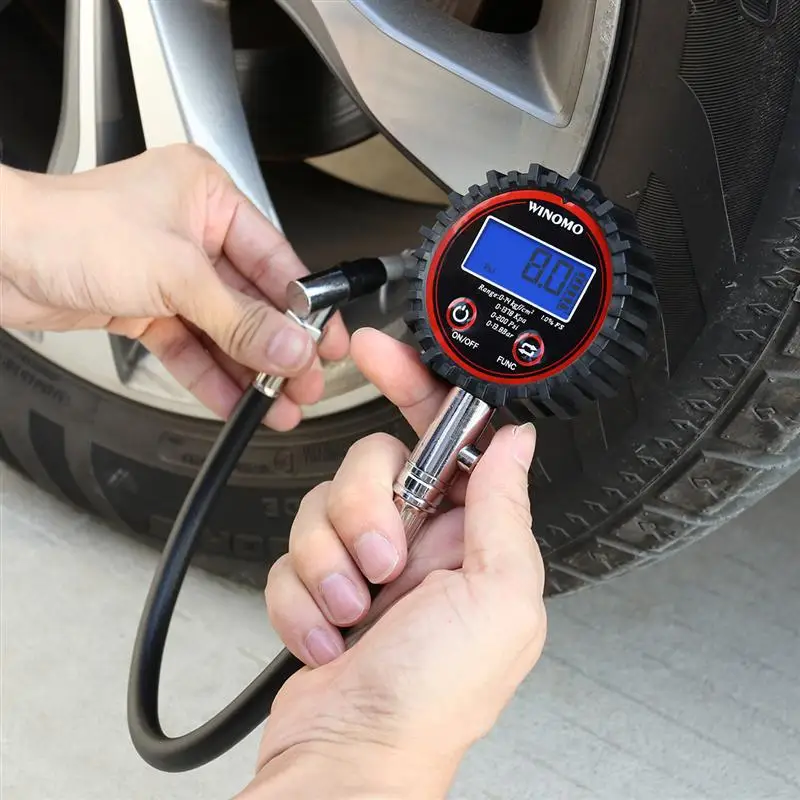When it comes to driving safety, tire pressure is always one of the hottest topics. Why does tire pressure matter? What the heck is that little annoying symbol on my dashboard? Should I under-inflate my tire during the winter? How often should I check my tire pressure?
We got tons of questions like this from our community, so for today, let's dive deep into the world of tire pressure, put our geeky glasses on and figure out everything you need to know about your tires.
1. What's The Recommended Tire Pressure For My Car?
The recommended tire pressure varies based on the vehicle makes determined by the manufacturer after thousands of tests and calculations. For most vehicles, you can find the ideal tire pressure on the sticker/card inside the driver’s door for newer cars. If there’s no sticker, you can usually find the info in the owner’s manual. Normal tire pressure is usually between 32~40 psi(pounds per square inch) when they are cold.
So make sure you check your tire pressure after a long stay and usually, you can do it in the early morning.
2. How To Check The Tire Pressure?
After knowing the proper tire pressure of your vehicle recommended by the manufacturer, you should check your tire pressure regularly to make sure that you are in good shape.
You can check your tire pressure in auto part stores, the mechanics, gas stations, and at home. To check tire pressure at home, you need:
As tire pressure changes with the temperature a lot, and recommended tire pressures are cold inflation pressure, you should start with cold tires if possible. We mostly check the tire pressure after one night's rest to avoid the heat from the friction of the last drive, and before the temperature goes up.
Unscrew the valve cap and press the tire gauge onto the valve stem hard enough until the hissing sound disappears.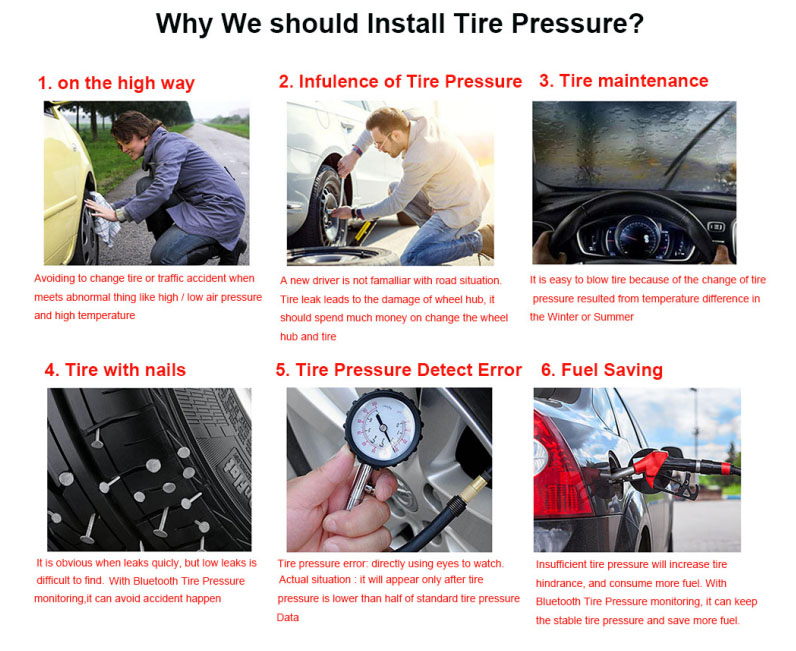 There should be a reading as long as the gauge is well connected to the tire.
There should be a reading as long as the gauge is well connected to the tire.
You can then note down the tire pressure of each tire, and compare them with the ideal psi you read from inside your driver’s door or in the owner’s manual. Make sure you read in detail, as for some vehicles, front and rear tires have different recommended psi.
If you find a tire underinflated, use the air compressor to fill your tires. You can either buy an air compressor in the auto parts store or use one in a gas station. Remember to rest your tires for at least half an hour to make sure they’re cold and the reading is accurate. If you have to fill your tires when the tires are hot, inflate them 3~4 psi above the recommended psi, and check again with your gauge when they are cold. It’s ok to overinflate a bit when filling the tires, as you can let the air out with the gauge.
After filling the tires, use your tire pressure gauge to check the tire pressure again and make sure they are in a good range.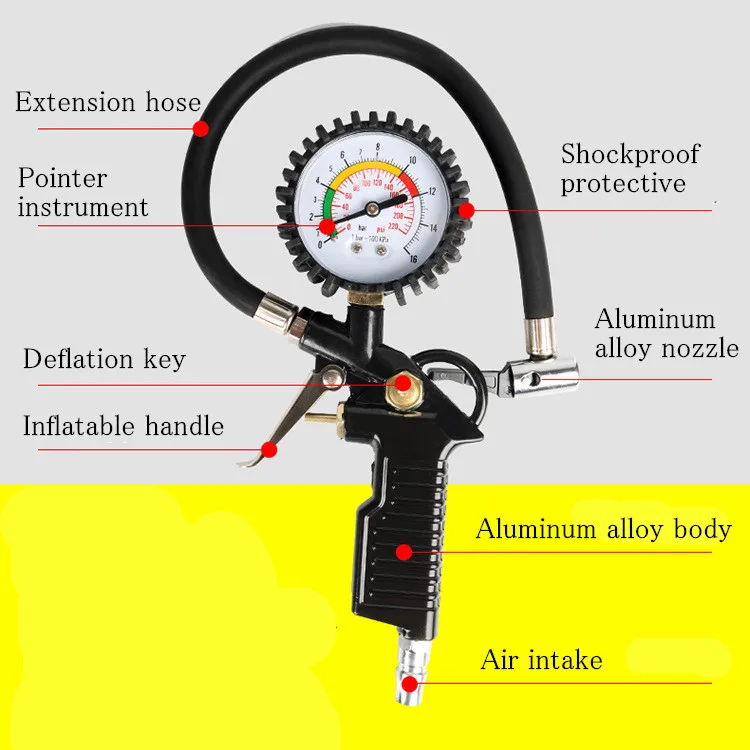 Let the air out a bit if they are over-inflated by pressing the gauge harder on the valve stem.
Let the air out a bit if they are over-inflated by pressing the gauge harder on the valve stem.
3. How To Maintain Proper Tire Inflation?
Tire maintenance is essential for the overall performance of your vehicle, and we highly recommend that you check your tire pressure every time you inflate your tire, each 10°F (5.6 °C) temperature change, and every 30 days.
Be mindful that don’t wait until the TPMS(Tire Pressure Monitoring System) light come on before you check the tire pressure, as the normal TPMS may:
For more information about the tire pressure monitoring system, please check our post about TPMS: What is TPMS and Why Does it Matter?
Thus, we highly recommend that you check your tire pressure regularly, especially before a long drive or heavy load driving.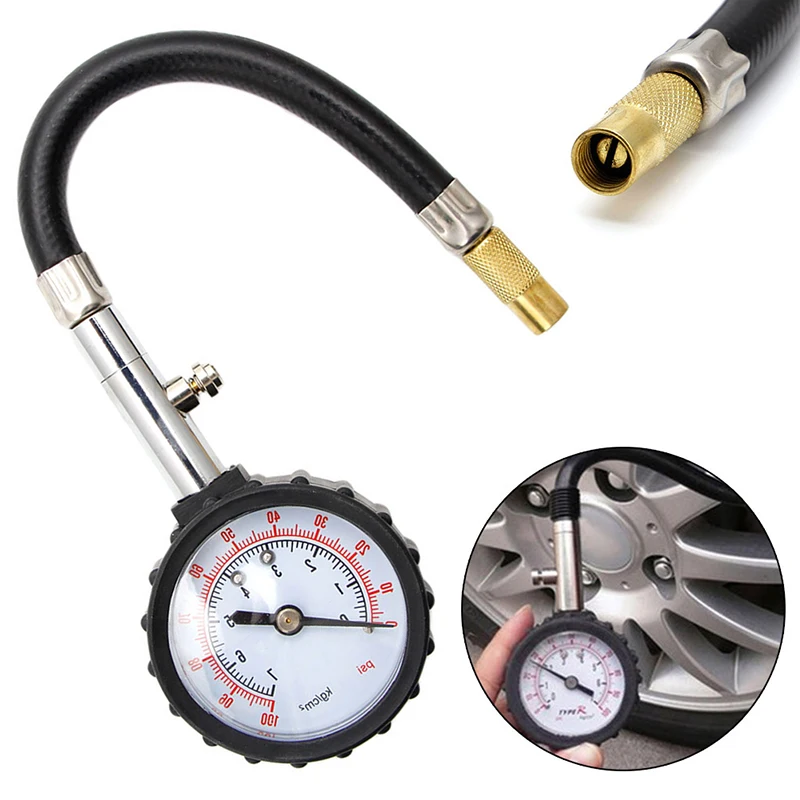 Also, temperature affects the tire pressure a lot, and we will explain it in the next section.
Also, temperature affects the tire pressure a lot, and we will explain it in the next section.
4. How Does Temperature Affect Tire Pressure?
First of all, the rule of thumb is for each 10°F (5.6 °C) decrease in temperature, the tire pressure will drop by one psi for most passenger vehicles. When it comes to commercial truck tires, which are often inflated to over 80 psi (twice as much as a passenger vehicle tires), the change of tire pressure according to temperature is doubled to 2 psi for every 10°F.
For the non-nerdy readers, just remember this rule of thumb and keep in mind that you will need to monitor your tire pressure during different seasons or a sudden temperature change. For those who want a deeper dive into how psi's are determined, here's the science behind it.
The equation we use to calculate the relationship between tire pressure and the temperature is called the Ideal Gas Law. It is a good approximation of the behavior of many gases under many conditions.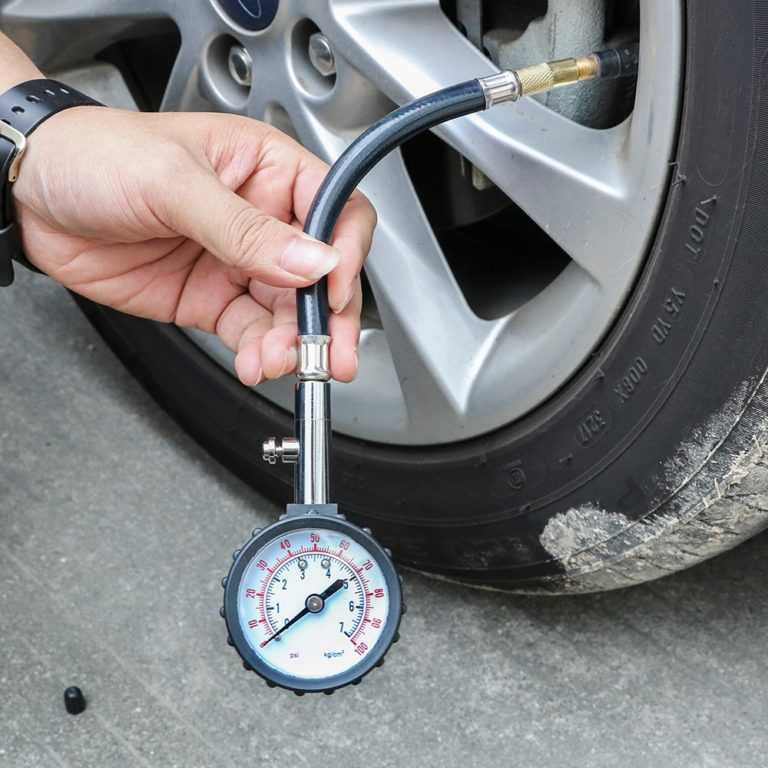 (Appx1) It works well for most low-pressure gases. When applied to tire pressure calculation, the error is less than 1%.
(Appx1) It works well for most low-pressure gases. When applied to tire pressure calculation, the error is less than 1%.
First, we take the Ideal Gas Law equation and apply it to our circumstance:
where,
P = absolute pressure
V = gas volume in the tire
n = the number of molecules of gas in the tire
R = universal gas constant
T = temperature
Since we are trying to examine the pressure change according to the temperature, let's assume two tire pressures P1 & P2 at their set temperatures T1 & T2.
Given the n and R are both constants, and the gas volume in the tire is also a constant, we can take those constants out of the equation, and suddenly we get this straightforward one:
Let's say the temperature drops from 100°F to 50°F, the tire pressure at 100°F is 35 psi, so what's the tire pressure now at 50°F?
(the metric system is getting in the way, huh?)
Absolute Pressure = tire pressure + sea level air pressure (14.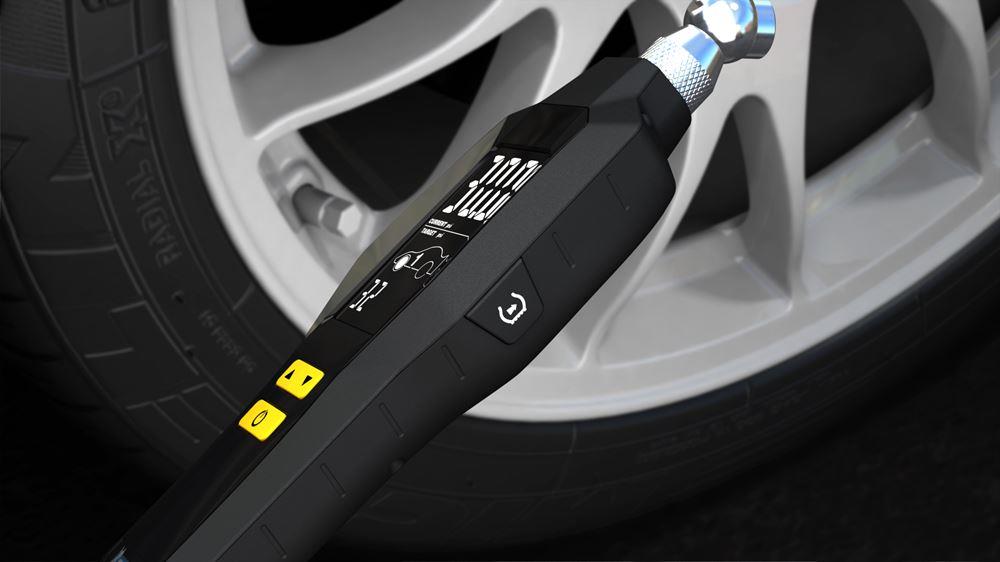 7 psi). So,
7 psi). So,
Put all that into the equation,
So a 50°F drop in temperature lowers the air pressure by 4.5 psi, which is pretty much the same according to our rule of thumb.
5. How Does Tire Pressure Affect Driving
Both overinflation and underinflation affect your tire performance a lot, and serious problems might occur. According to NHTSA(National Highway Traffic Safety Administration), driving on underinflated tires increases a driver's chance of being in a serious accident by 300%. So how will a bad tire pressure affect driving safety? We will explain in detail below.
How tire pressure affects gripThe grip is mostly associated with the size of the contact patch between the tire and the road. An over-inflated tire radically decreases the contact patch while an under-inflated tire does the opposite.
A larger contact patch gives you more grip, and this is the exact reason why lots of racers will intentionally decrease their tire pressures to create a larger contact patch on a dry race track.
However, despite the fact that an under-inflated tire will cause more fuel consumption and improper tear and wear of the tires, for most daily commuters, it might cause an even scarier problem, which is hydroplaning.
Hydroplaning is a hazardous event when a layer of water builds between the wheels and the road surface, leading to a loss of traction that prevents the vehicle from responding to control inputs. (Appx2)
Hydroplaning occurs when the pressure of the tire pushing on the ground is equal to the water pushing back up on that tire. The size of the contact patch, given the force or the weight of the tire, is the same, directly affects the average pressure the tire's putting down on the road. The larger the contact patch (by deflating the tires), the less pressure it puts on that same area. So there's a causal relationship between your tire pressure and the possibility of a hydroplaning event.
Here's a more visual explanation of what is happening between a properly-inflated tire and an underinflated tire when driving on a wet road.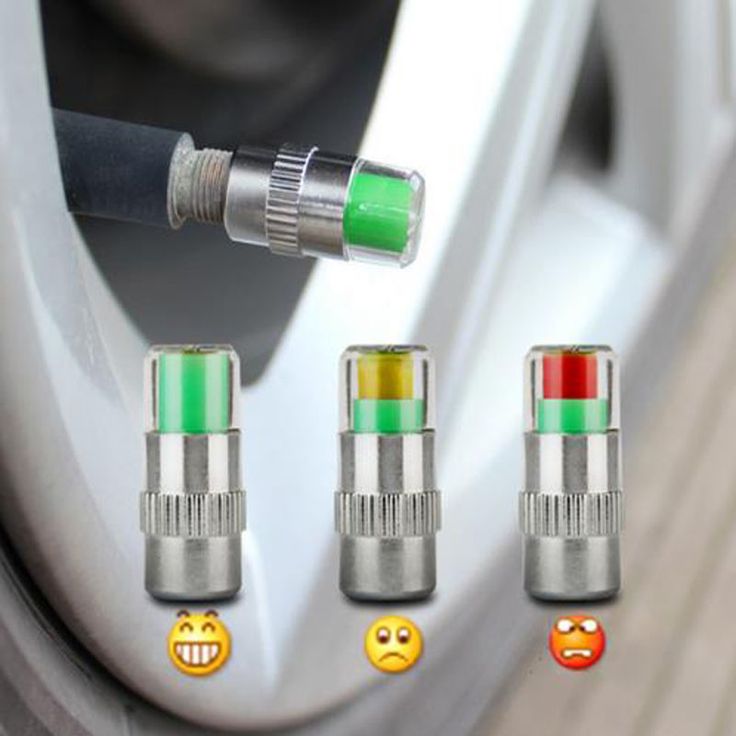
To avoid a hydroplaning event, ALWAYS inflate your tires properly. Also, check your tires' treads, which make the water flow around the tires more efficiently, and of course, driving slow is always a big plus.
How tire pressure affects tire wearThe contact patch directly decides the pattern of the tire's wear and tear. You don't want your tires to wear out prematurely just because you have an over or under-inflated tire.
How tire pressure affects fuel economyImagine you are a ball rolling on the ice, there's no friction between the two surfaces, how much extra force do you need to apply to keep the ball moving? Zero (Thanks, Newton). The same applies to your fuel consumption when it comes to driving on the road. The rolling resistance between your tires and the road significantly affects fuel economy, and by now we should all know the logic behind this, lower tire pressure leads to a larger contact patch, which causes higher rolling resistance, and thus, poor fuel economy.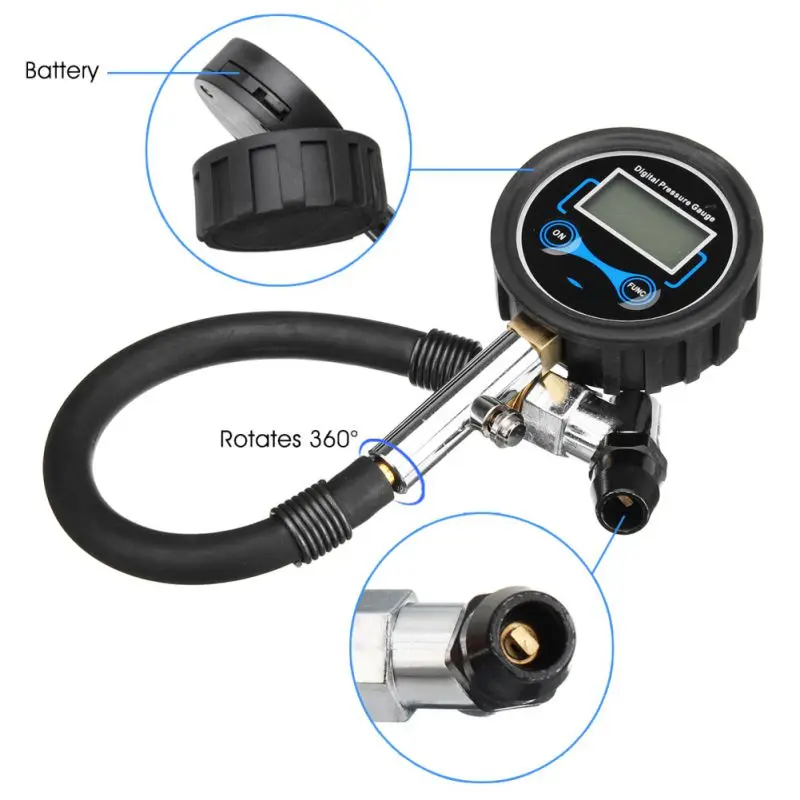
A Michelin study showed that your tire is accountable for at least 1/5 of your total fuel consumption and a 1-bar of pressure drop (14.5 psi) would increase your fuel consumption by 3-5%.
6. Special Conditions For Tire Pressure Manipulation
There are of course circumstances where you want to manipulate your tire pressure to meet specific requirements. Like the aforementioned track race, or if you are driving on sand, mud, etc. However, as a daily commuter, we strongly suggest you regularly check your tire pressure, preferably once a week and anytime you might take a long road trip, and always keep the tires properly inflated!
Conclusion
Tire pressure is always a hot topic regarding driving safety, and it's important to keep an eye on the tire pressure to maximize fuel efficiency and safety.
Before you go
We'd like to offer you our most popular ZUS Smart Vehicle Health Monitor for FREE to better take care of your car and save $$$ on car expenses.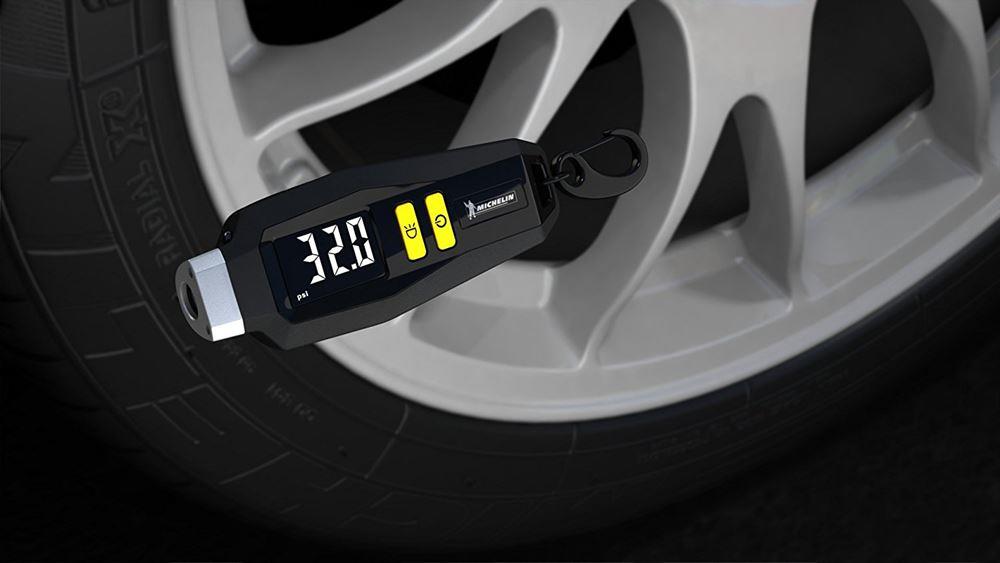 Claim your free unit here.
Claim your free unit here.
Top Posts from nonda:
What is a Car Diagnostic Test & How to DIY?
What Does Check Engine Light Mean & How to Fix it?
Best OBD2 Scanner & Code Reader: Complete Buying Guide
OBD2 Codes: What You Need to Know
Appendix 1 - Ideal gas law - Wikipedia.
Appendix 2 - Aquaplaning - Wikipedia.
Maintaining correct tire inflation pressure is very important since it helps optimize tire performance and fuel economy while over-inflated tires are just as problematic as under-inflated ones.
In fact, driving with under-inflated tires is one of the biggest causes of tire failure, according to the National Highway Traffic Safety Administration.
Besides, under-inflated tires can cause many other problems such as wearing out more rapidly, handling poorly and reducing fuel efficiency.
In addition, over-inflated tires are more susceptible to damage from road irregularities, and this also creates a bumpier ride.
Overfilling your tires is just as dangerous as under-filling them, so it’s important you know what is recommended for your vehicle.
This article will give you everything that you need know about your recommended tire pressure. These include:
Buy Pressure Gauge at Amazon
Recommended tire pressure, where to find it?Since tire pressure is so important to your safety and your car’s overall performance, it is important to know which level of tire pressure is right for your vehicle.
In fact, how much air pressure your tires need depends on several factors, including the type of vehicle, the type of tire and the intended use of the vehicle etc.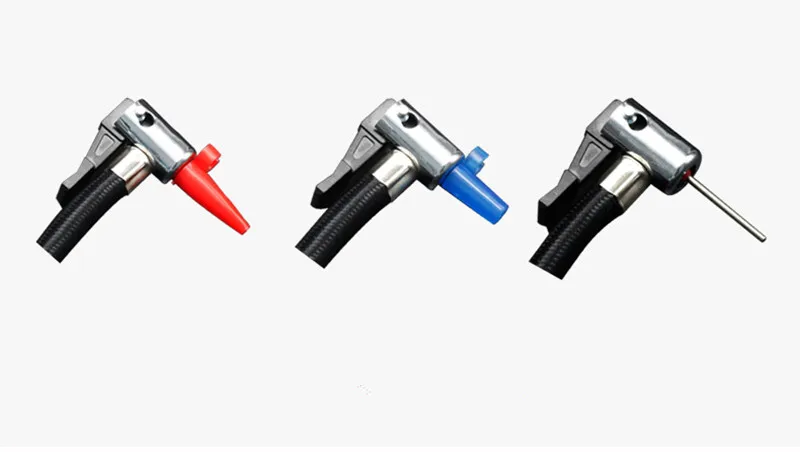
Air pressure in tires is measured in pounds per square inch or PSI. You can find your tire pressure both inside your car and on the sidewall of the tire.
How to find recommended tire pressure inside your carYou could find the manufacturer’s optimum or recommended tire pressure for your car on a sticker in the door jam, or in your owner’s manual. Some car models even place the stickers on the trunk lid, in the console or on the fuel door. For best results, look for a placard on the inside of the driver’s door, like the example in the photo below.
How to find maximum tire pressure on the sidewall of your tiresSomewhere on the sidewall of your tire, just below the big, bold letters of the manufacturer, for example, you might have noticed the words ‘Max. Press. 35 PSI.’ (pounds per square inch).
That number tells you the maximum cold pressure needed for your tire to carry its maximum load.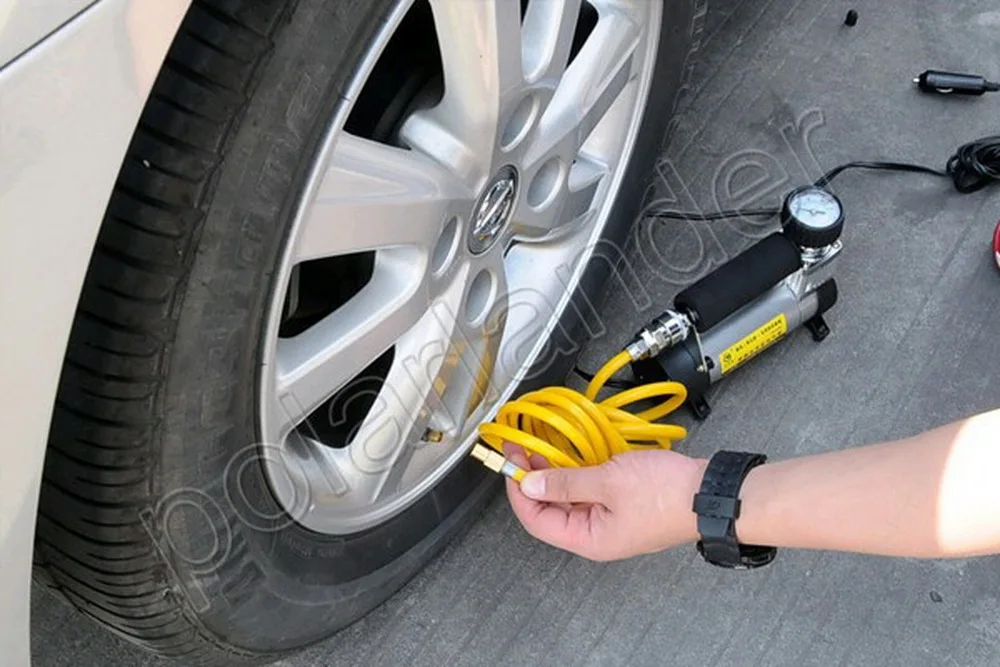
Most typical tires require about 32 to 35 pounds per square inch (PSI) of air, says Rod Tate, owner of highly rated Colony One Auto Center in Stafford, Texas.
Large trucks require much larger tires with PSIs of 50 to 60. Heavy-duty vehicles can go even higher. For example, tire in the picture below requires 41 pounds per square inch of air.
However, the tire’s maximum pressure is NOT necessarily the most suitable pressure for every vehicle upon which the tire can be used (almost all vehicle manufacturers’ recommended tire inflation pressures are less than the tires’ maximum pressure).
You really should follow the recommended pressure printed somewhere inside your car or in the manual rather than the maximum pressure. In the next section, I will explain why.
Buy Pressure Gauge at Amazon
Why is maximum tire pressure not the best?If you insist on inflating your tires to the max PSI, there will be more likely that two things below will happen
Since tires inflated to the max cannot give as much on the sidewall, you might see superior cornering, but it could be at the risk of your braking threshold.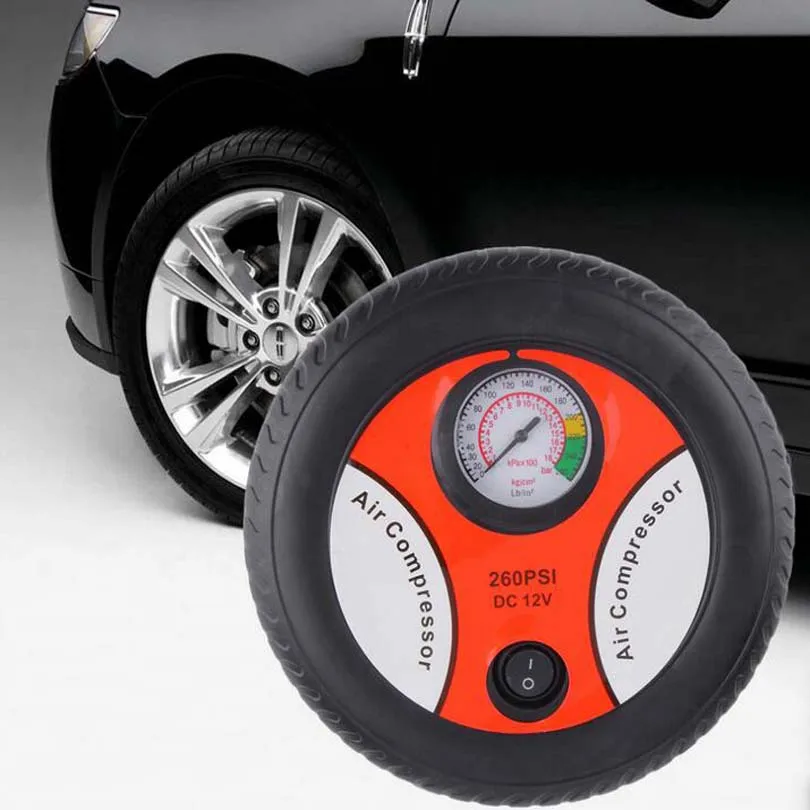 One quick corner and your back end could slide out.
One quick corner and your back end could slide out.
When your tires are inflated too much, the rubber rounds out at the top of the tire when you are driving, and the center will quickly wear out. You will also reduce your traction and you could even cause a blowout.
Therefore, maximum pressure is not the best, rather, recommended pressure is. I need to repeat here that the pressure listed on the sidewall is a maximum pressure only, but not a recommended pressure. Instead, you should use the air pressure recommended in the vehicle’s owner’s manual or tire information placard label.
How to check your tires pressure?Therefore, maximum pressure is not the best, rather, recommended pressure is. I need to repeat here that the pressure listed on the sidewall is a maximum pressure only, but not a recommended pressure. Instead, you should use the air pressure recommended in the vehicle’s owner’s manual or tire information placard label.
Instead, you should use the air pressure recommended in the vehicle’s owner’s manual or tire information placard label.
After knowing the most appropriate pressure for your car tires, you should check whether your tires have such pressure. In addition, checking the pressure of your tires regularly is one of the most important – and most often overlooked – regular maintenance that you should do to ensure your safety and quality of your driving. Monitoring the amount of air in your tires will let you know if you have a small leak and can help you avoid an unexpected flat tire.
Frequently checking your PSI becomes even more important in the fall and winter, when outside temperatures drop and weather conditions fluctuate causing your tires to lose air more quickly. Generally speaking, your tire will gain or lose one PSI for every 10-degree change in temperature, which means if you have a sudden drop of 30 degrees, you could lose three PSI overnight. If your tires were already low, this could cause tire damage, steering problems or even a flat tire.
Some experts recommend that you should check the air pressure every time you refuel; others say once a month is sufficient.
How to check tire pressure properly? Checking tire pressure is easy. You can do it right at home or at the gas station. Just be sure you check the pressure when your tires are cold, or have not been driven in several hours. This will give you the most accurate reading.
The most important piece of equipment you need is an accurate tire pressure gauge. You can find battery-operated digital gauges, or more traditional stick-type gauge found at most gas stations. A good gauge should not set you back more than $15 – a worthwhile investment for a longer life for your tires.
Buy Pressure Gauge at Amazon
Make sure you have your manufacturer’s PSI handy when you are checking your tire pressure, and then follow these steps:
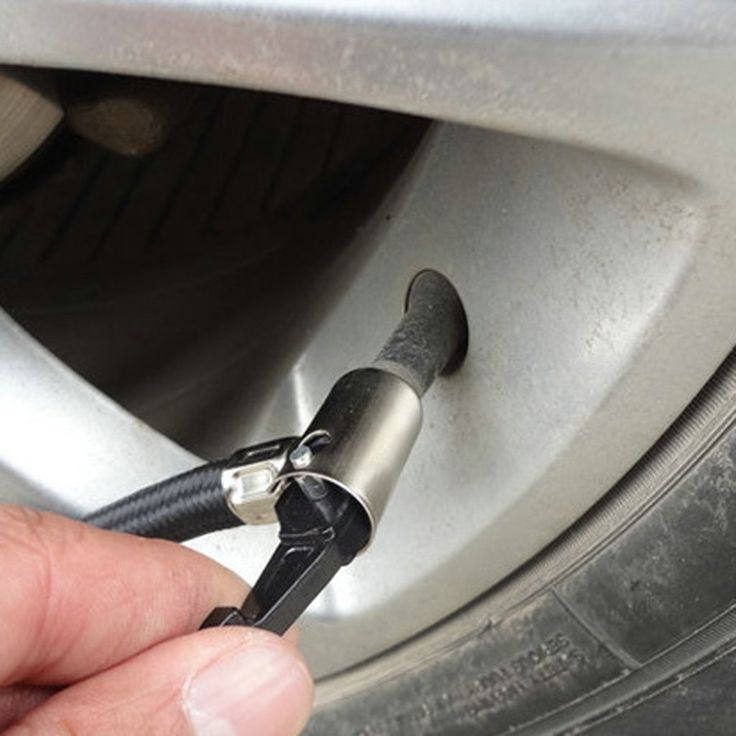
By checking tire pressure once a month, you will get a good idea how they are performing. If your tires are fairly new and continue to leak air, you should consult your dealer or mechanic. You may have a faulty valve or other damage that is difficult to detect which could unfortunately result in the need to replace the tires completely.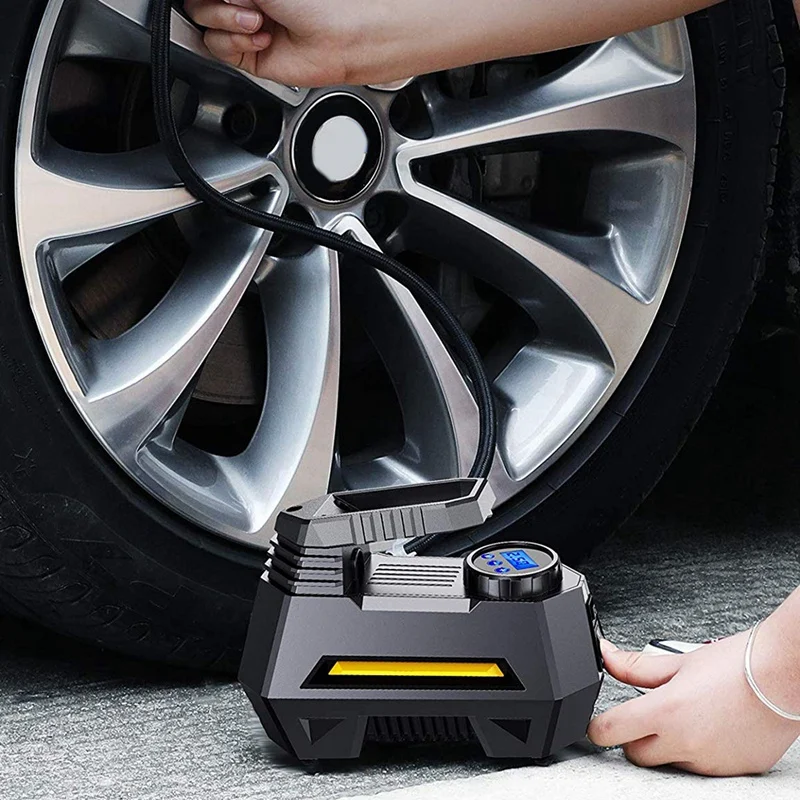 But with proactive maintenance, you could catch an issue before it becomes a problem, and just end up needing a small repair.
But with proactive maintenance, you could catch an issue before it becomes a problem, and just end up needing a small repair.
Often, it is hard to spot an under-inflated tire until it is too late – in other words, it is completely flat. Of course, you could carry a gauge around at all times to measure the pressure, but that is not exactly convenient. Instead, watch for these signs and symptoms of tires that are under-inflated.
When your tires are under-inflated, your ride can be less smooth than usual. You may even find that it takes longer to brake.
When a tire is not inflated properly, it wears down more quickly. If you notice that one or all of your tires are wearing out faster than usual, it may be because they are under-inflated.
Tires that are under-inflated can make your vehicle quiver and shake, which is not a pleasant driving experience. Under-inflation can even cause tires to become misaligned, with comes with it is own variety of problems.
Under-inflation can even cause tires to become misaligned, with comes with it is own variety of problems.
These are all things that you need to know about recommended pressures of your car tires. After reading this article, you will never confuse about the right pressure of your tires and will know how to check it.
Please share your ideas with me if you have other tips for this.
Folding bikes with 16" to 20" wheels are typically 60 to 120 psi (4 to 8 bar) compared to 35 to 65 psi (2.5 to 4.5 bar) for a traditional bike ( urban, mountain, hybrid). ) from 26-28″.
Thin tube tires (2.25 or less): 30 to 32 psi - 2.1 to 2.25 bar. Wide chamber tires (2.3 and up): 28 to 30 psi - from 1.9up to 2.1 BAR. Wide tubeless tires (2.3 and up): 26 to 28 psi - 1.7 to 1.9 BAR.
Each manufacturer must state the ideal pressure for their tires. It's best to stick with the letter based on what's written on the side of your tires.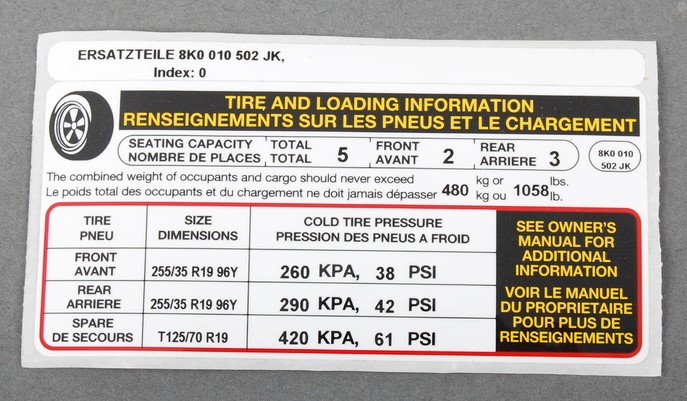 Road tires generally require higher pressures than mountain tires: 80 to 120 psi for road tires, 40 to 80 for hybrids, and 25 to 45 for mountain bike tires.
Road tires generally require higher pressures than mountain tires: 80 to 120 psi for road tires, 40 to 80 for hybrids, and 25 to 45 for mountain bike tires.
“Recommended cold tire pressures can be found in the vehicle owner's manual and on the tire label. Typically, it's 30 psi for a small car, 36 psi for a medium car, and 42 psi for a large car."
All vehicles have a tire pressure label. It is also most commonly found on a label on the driver's door and may appear on the gas cap or in the vehicle's owner's manual. This is the correct way to test it for accuracy.
The PSI value in pressure refers to pounds per square inch (pounds per square inch, as it is abbreviated in English). It is one of the most commonly used units of pressure, although not the only one: other units are used, such as the bar, which is equivalent to 14.5 pounds.
At Michelin, for example, if we look at the most common 29x2.25 tube tires, the pressure they take is 1.8 to 4 bar (29 to 58 psi), while Continental to the same extent and similar tires are 3.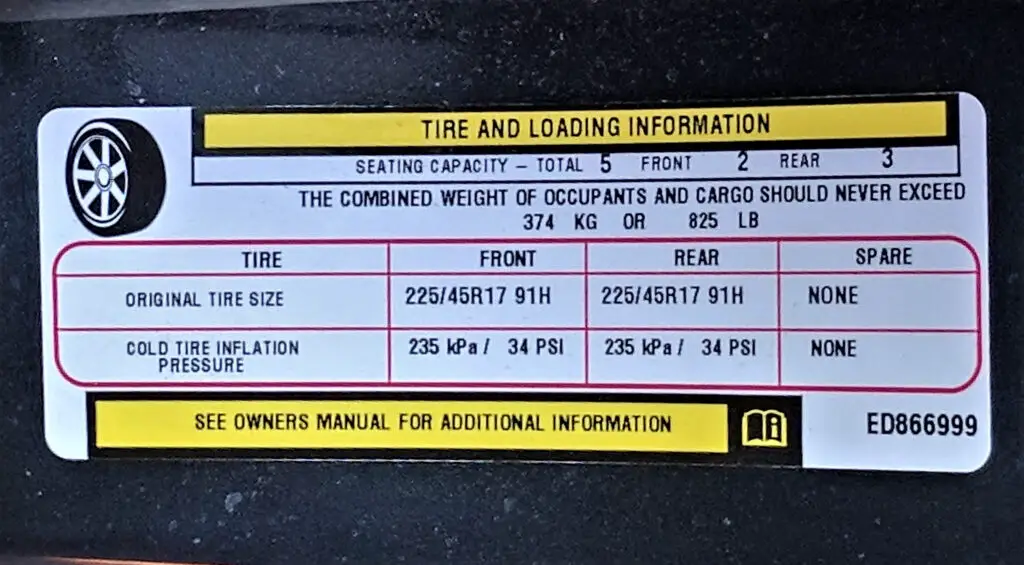 5 to 4.5 bar (50 to 65 psi).
5 to 4.5 bar (50 to 65 psi).
Atmospheric pressure is usually measured in pounds per square inch (psi), kilopascals (kPa), or pressure bars (bars).
On rim size P 185/60 R 14, the MAXIMUM pressure is marked on the side wall. 350 kPa (51 PSI), where 350 kPa refers to a unit called kilopascals. PSI in English (pounds per square inch) pounds per square inch. Shows 51 pounds of pressure.
The PSI value corresponds to its name in English Pound-force per Square Inch, which in Spanish translates as pounds per square inch. It is the most widely used unit of tire pressure, especially in English-speaking territories.
This is an abbreviation for pounds-force per square inch, abbreviated as psi for "pound-force per square inch", which is the Imperial or Anglo-Saxon unit of pressure.
Low profile tires also provide better "touch to the car", the driver has better control of the car and can better predict its behavior. Also, the wobble is much less noticeable.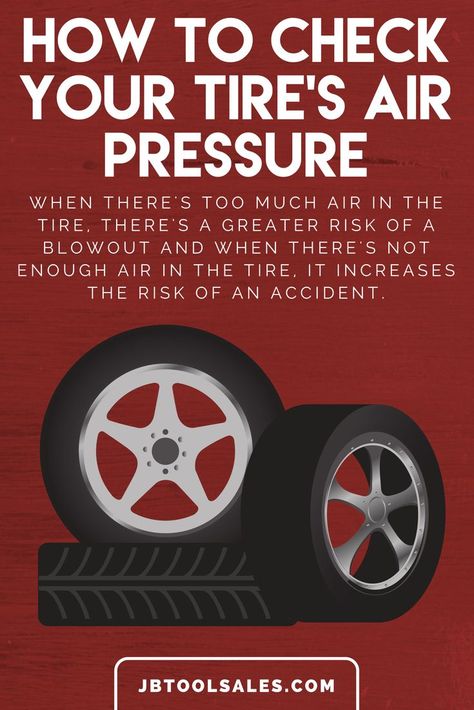
Be aware that tires can lose air due to differential pressure, this effect is called the permeation process and affects all tires, regardless of type or application, since the joints that make up the tire are not completely sealed, and their porosity allows ...
It also specifies a maximum air pressure of 300 kPa (44 psi).
The PSI abbreviation corresponds to its English name Pound-force per Square Inch, which has been translated into Spanish as pounds per square inch. PSI equivalence in cars is done in Spain by bars. 1 bar is equal to 14.5 psi and 1 psi is equal to 0.06 bar.
In the industry, most pneumatic actuators require 116 to 145 psi (8 to 10 bar) of pressure. However, there are compressors that allow pressures up to 190 psi (13 bar) for certain applications.
In the example below, the vehicle manufacturer recommends 35 psi. inch for a standard load 225/45R17 91W tire, this pressure is increased by 1.5 psi. car reaches a top speed of 6.2 mph (10 km/h) …
The first number corresponds to the width of the rim in millimeters, in this case 255. The second number is the percentage of the height of the rim profile. In the example, this is 55, which is 55% of the profile. A low profile can improve cornering traction and make for a stiffer ride.
The second number is the percentage of the height of the rim profile. In the example, this is 55, which is 55% of the profile. A low profile can improve cornering traction and make for a stiffer ride.
In addition, the idlers are in the front, so wear is also greater because they are the ones that maintain the friction during manoeuvres. Therefore, it is possible that when you have to change the tires of your car, there was an imbalance between the level of tire wear on each axle.
They provide good grip, but this results in more weight. In addition, they will provide more rolling resistance. These tires are safer and more stable for technical descents and loose rocks. Since, due to their width, they cushion more and cling to uneven terrain.
Use a pressure gauge as the appearance of the tire may not change even at low pressure. The recommended pressure can be found in two places: on the door on the driver's side and in the owner's manual. Tire pressures are in pounds per square inch (psi).
It usually takes about a year for a tire to lose its minimum safe pressure, but if our car has been exposed to extreme temperatures and the situation suddenly changes, the porosity can increase and lose more air than usual.
contents
Correct tire pressure
Front wheel Rear wheel
| Medium type scooter | 1.8 kg/cm2 or bar | 2.3kg / cm2 |
| Sport bike | 2.3kg / cm2 | 2.8kg / cm2 |
Generally, for large motorcycles, we can apply about 2.4 or 2.5kg/cm2 in the front and 2.8 or 2.9kg/cm2 in the rear.
Attention: The tires we show you are the same as those used on this model, but may not meet the requirements of the manufacturer.
Specifications:
| Forward: | 70/90 -17 38P |
|---|---|
| pressure wheels: | 2.00 bar (front only) |
| steering wheel: | 1.40 x 17 TT/alloy |
| Rear: | 80/90 -17 50P |
“Recommended cold tire pressures can be found in the vehicle owner's manual and on the tire label. Typically, it's 30 psi for a small car, 36 psi for a medium car, and 42 psi for a large car."
And adds that the correct pressure is: Front tire: 28 psi (psi) Rear tire: 30 psi (psi)
Motorcycle tire pressure 125
For road traffic, average motorcycle tire pressure 125 ranges from 2. 3 bar (front) to 2.5 bar (rear).
Place the gauge head on the valve and pressurize, you will hear a small whistle that will push the bar of the gauge (this will depend on the gauge you are using) showing how many pounds of pressure (PSI) your car's tires have.
Motomel Skua 150 V6 Technical data sheet
| Mechanics | |
|---|---|
| Load capacity | 155 kg |
| Tank capacity | 11.5 Litros |
| Consumption and autonomy | 540 km / 47 km per liter |
| USB port | No |
Datasheet Corven Triax 150
| Mechanics | |
|---|---|
| Seat height | N/D |
| Load capacity | 150 kg |
| Tank capacity | 12. 5 Litros 5 Litros |
| Consumption and autonomy | 370 km / 30 km per liter |
On rim size P 185/60 R 14, the MAXIMUM pressure is marked on the side wall. 350 kPa (51 PSI), where 350 kPa refers to a unit called kilopascals. PSI in English (pounds per square inch) pounds per square inch. Shows 51 pounds of pressure.
If the tire pressure is lower than recommended, more gasoline is used, CO2 emissions increase, which leads to premature tire wear. Excess pressure reduces braking performance, causes uneven wear and can lead to tire blowout.
Zanella ZB 110 Z1 Base Technical sheet
| Mechanics | |
|---|---|
| Load capacity | 150 kg |
| Tank capacity | 3 Litros |
| Consumption and autonomy | 185 km / 62 km per liter |
| USB port | yes |
How to check tire pressure?
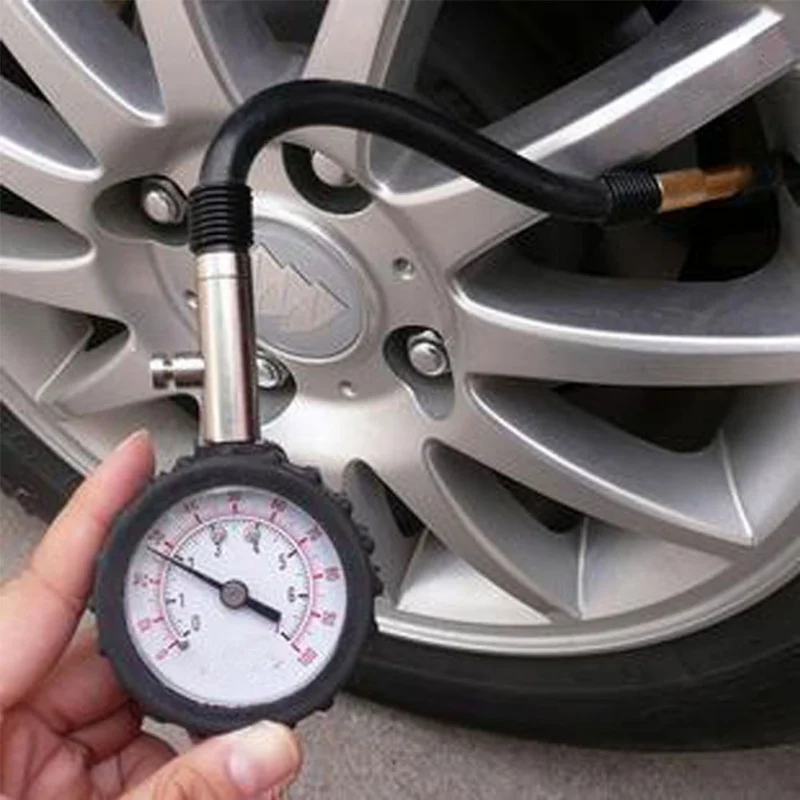
Motorcycle tires Italika
| Model | lead | rear |
|---|---|---|
| FT125TS | 2.50 – 18 | 3.00 – 18 |
| Feet 150G | 2.75 – 18 | 3.00 – 18 |
| FT 150 GTS | 2.75 – 18 | 3.00 – 18 |
| FT150TS | 2.50 – 18 | 3.00 – 18 |
Although not exact, there is a standard measure recommended by some experts based on rim size as follows: R13: 26 psi.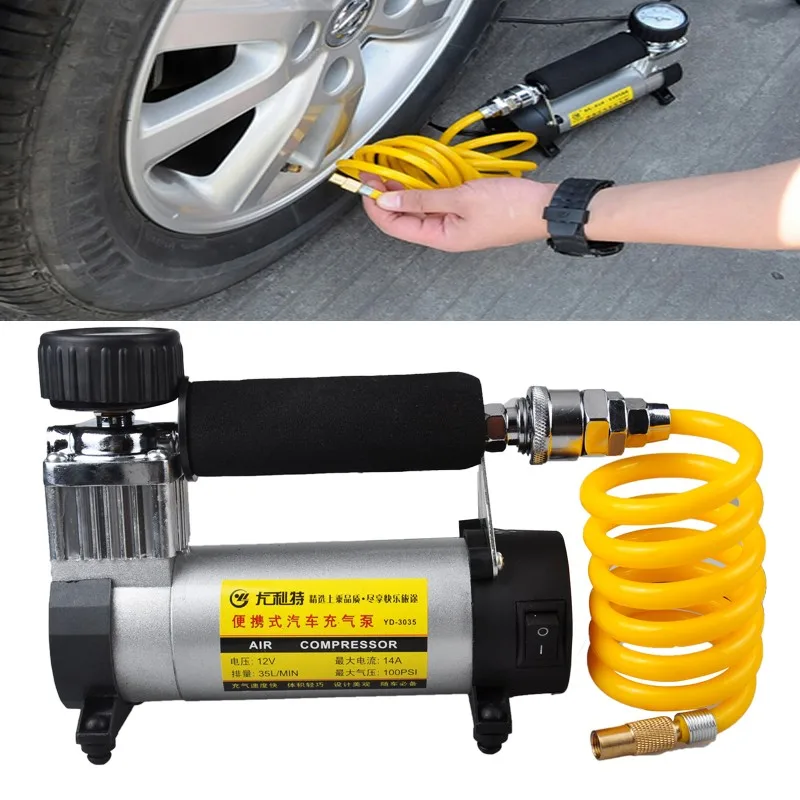 R14: 28 psi. R15: 30 psi.
R14: 28 psi. R15: 30 psi.
Pounds per square inch (psi - Avoirdupois (US)), pressure. PSI (pounds per square inch) is a unit of pressure that is equal to 1 psi.
To measure the air pressure in a motorcycle tire, you should always do this at rest and with a cold tire. If you have driven several kilometers and measured the pressure, it will be higher than the real one due to the heating of the wheel.
Hold the air pump firmly on the impeller shaft and press the lever, if present. Add air little by little and recheck the pressure with a pressure gauge. Press down on the center tooth inside the valve stem to release excess air if needed.
FRONT 3.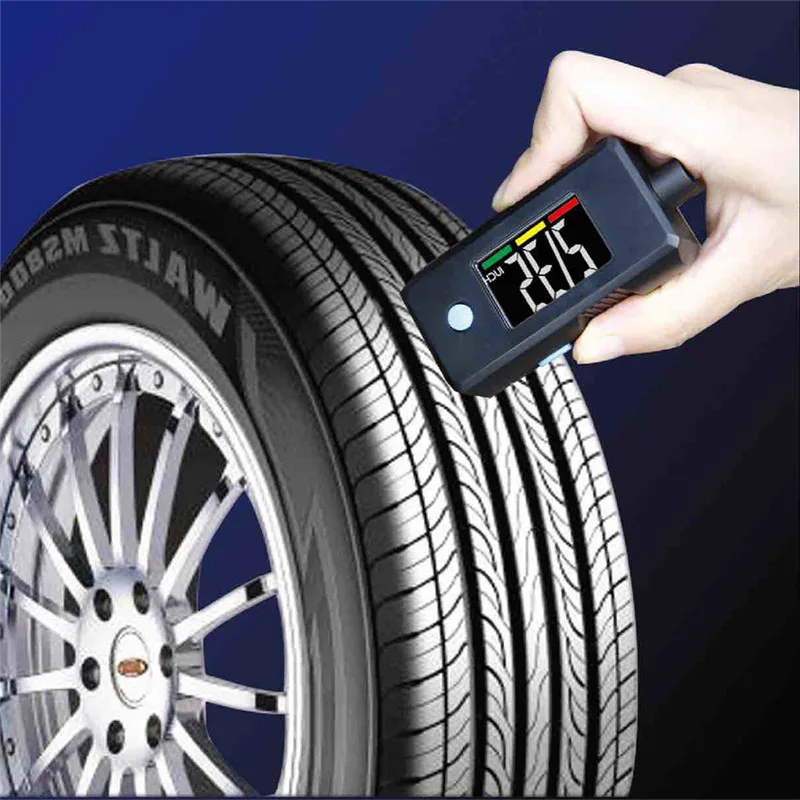 50 x 10 - Pressure 22 lbs.
50 x 10 - Pressure 22 lbs.
How much air should be in a 14 rim tire? Rim 14 or Rim 14 should be at 28 PSI as recommended by the manufacturer.
Generally, for large motorcycles, we can apply about 2.4 or 2.5kg/cm2 in the front and 2.8 or 2.9kg/cm2 in the rear.
Datasheet Corven Triax 150
| Mechanics | |
|---|---|
| Seat height | N/D |
| Load capacity | 150 kg |
| Tank capacity | 12.5 Litros |
| Consumption and autonomy | 370 km / 30 km per liter |
Grease quantity: 0.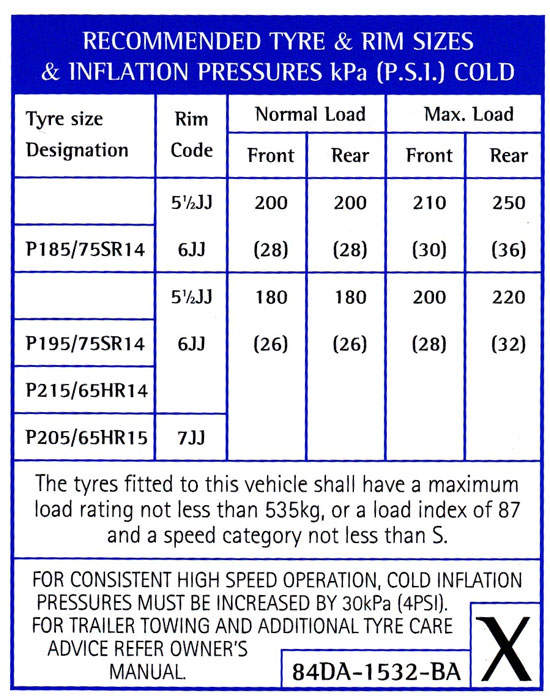 9 liters. What kind of oil: The brand recommends Motul 3000 4T lubricant.
9 liters. What kind of oil: The brand recommends Motul 3000 4T lubricant.
1845 lbs. Note: 35 psi is the air pressure assigned to "maximum load" for tires with "standard" load, and 41 psi. inch for tires with "extra load".
The PSI value in pressure refers to pounds per square inch (pounds per square inch, as it is abbreviated in English). It is one of the most commonly used units of pressure, although not the only one: other units are used, such as the bar, which is equivalent to 14.5 pounds.
The PSI value corresponds to its name in English Pound-force per Square Inch, which in Spanish translates as pounds per square inch. It is the most widely used unit of tire pressure, especially in English-speaking territories.
Atmospheric pressure is usually measured in pounds per square inch (psi), kilopascals (kPa), or pressure bars (bars).
Low profile tires also provide better “touch to the car”, the driver has better control of the car and can better predict its behavior. Also, the wobble is much less noticeable.
Also, the wobble is much less noticeable.
Steering moves to a specific direction, usually the side where the tire is down. A strange sound is heard when turning. If the flat tire is in the front, you will feel very heavy steering.
Maximum authorized weight = 350 kg.
Zanella ZB 110 RT FULL Technical sheet
| Mechanics | |
|---|---|
| Rear suspension | Double hydraulic damper |
| Long wide high | 1.900 mm / 660 mm / 1.070 mm |
| Distance between axles | 1.235 mm |
| weight | 92 kg |
Specification Gilera Smash VS
| Mechanics | |
|---|---|
| weight | 100 kg |
| Seat height | N/D |
| Load capacity | 150 kg |
| Tank capacity | 4.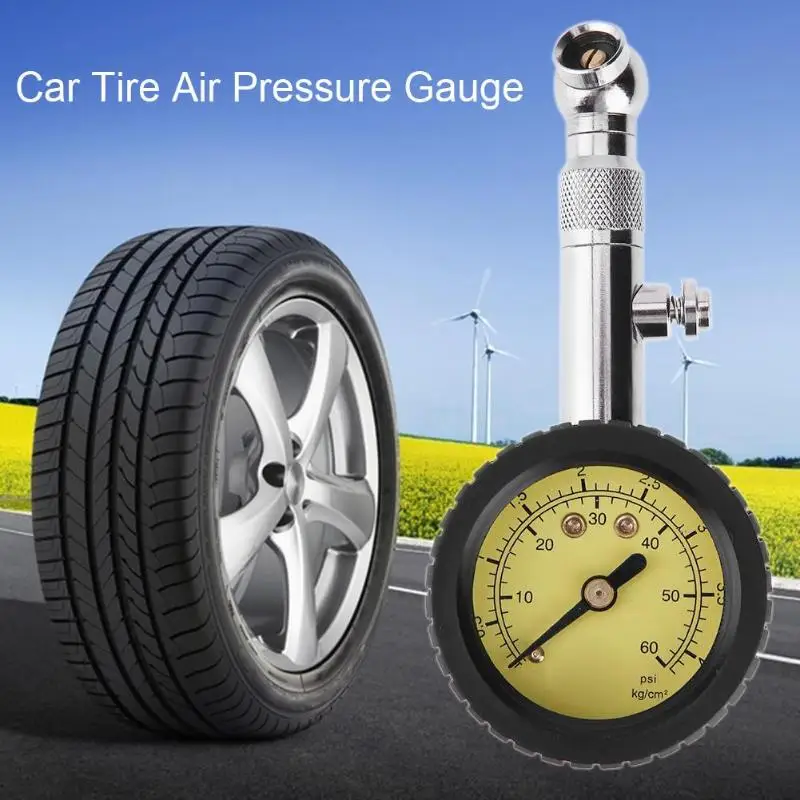 1 Litros 1 Litros |
In the Anglo-Saxon system, pressure is measured in pounds per square inch (psi), which is equivalent to a total force of one pound acting on an area of one square inch.
Low tire pressure also affects the car's behavior when cornering. In cases where the front wheels are flat, the car tends to understeer; that is, it cannot maintain the desired trajectory and tends to lose the line outward.
For example, a 150cc scooter. cm reaches a top speed of 60 mph and consumes up to 70 mpg, while a 250 cc scooter. cm can reach speeds of 75 miles per hour, but consumes less than 60 miles per gallon.
engine
| engine type | 4 Tiempos, single cylinder |
|---|---|
| Offset | 149CC |
| Maximum speed | 90 km/h |
| Maximum power | 11. 2 HP at 8500 rpm 2 HP at 8500 rpm |
| Maximum torque | 11 Nm at 7500 rpm |
engine
| engine type | 4 Tiempos, single cylinder |
|---|---|
| Fuel efficiency | 30 km/l |
| Launcher | Electric and pedal |
| Final gear | 5 speed standard/per chain |
| Fuel tank capacity | 14L |
1 bar = 14.5037738 psi abs. (= lbf/in² = lbf/in²) 1 bar = 29.53 inHg. 1 bar = 100,000 Pa = 1×10 5 Pa = 1000 hPa = 100 kPa = 100 kN/m² = 1.01972 kgf/cm²
Equivalence of bar and psi
In any case, the equivalence is 1 bar = 14.5038 psi and 1 psi = 0.0689476 bar.
Transducer
| LENGTH | AREA | |
|---|---|---|
| WEIGHT | = 1.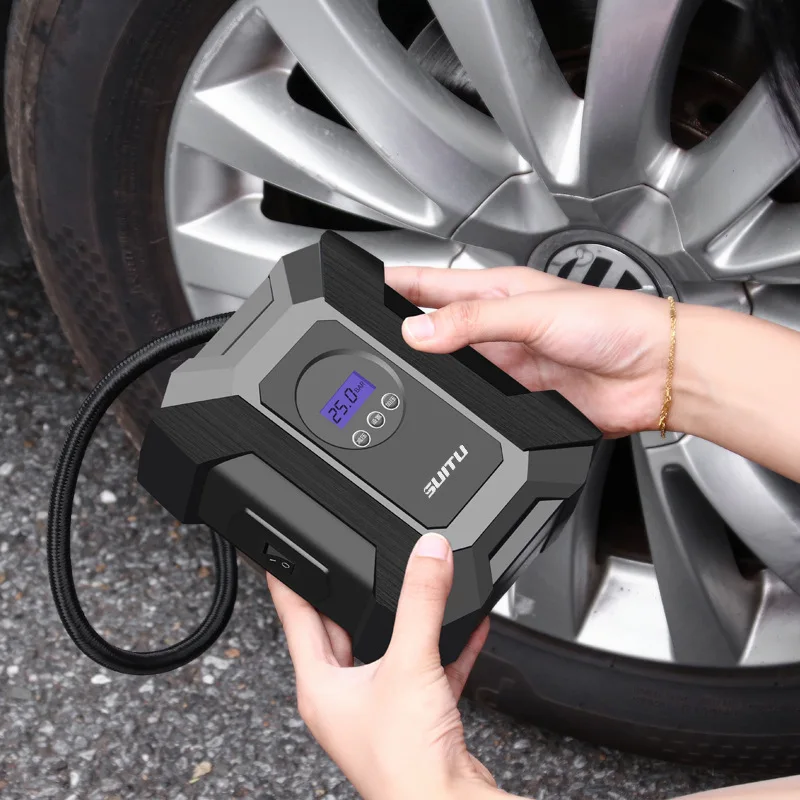 0197 kg/cm² 0197 kg/cm² | |
| 1 kg | = 2.205 pounds | = 14.5 psi Inch |
| 1 kg | = 35.27 oz | = 1 N/m² |
| 1 t | = 1000 kg | = 0.145 psi Inch |
Table to find out the correct tire pressure
| rim sizes | lead | rear |
|---|---|---|
| 205 / 60 R15 | 28 | 32 |
| 205 / 55 R16 | 32 | 38 |
| 235 / 45 R17 | 33 | 33 |
| 245 / 55 R16 | 30 | 33 |
All tires have different air pressures depending on size and design. The manufacturer's recommended maximum inflation pressure can be found on the side of each tire.
Let's look at an example: P175/70 R13 230 kPa (35 PSI)
| Rin: | Recommended pressure (PSI): |
|---|---|
| 14 | 34 |
| 15 | 36 |
| 16 | 38 |
| 17 | 40 |
Rim 18 fills up to 42 lbs.
Motomel Skua 150 V6 Technical data sheet
| Mechanics | |
|---|---|
| Load capacity | 155 kg |
| Tank capacity | 11.5 Litros |
| Consumption and autonomy | 540 km / 47 km per liter |
| USB port | No |
Pounds per square inch (psi - Avoirdupois (US)), pressure. PSI (pounds per square inch) is a unit of pressure that is equal to 1 psi.
All tires have different air pressures depending on size and design. The manufacturer's recommended maximum inflation pressure can be found on the side of each tire.
Let's look at an example: P175/70 R13 230 kPa (35 PSI)
| Rin: | Recommended pressure (PSI): |
|---|---|
| 14 | 34 |
| 15 | 36 |
| 16 | 38 |
| 17 | 40 |
How much air should be in a 14 rim tire? Rim 14 or Rim 14 should be at 28 PSI as recommended by the manufacturer.